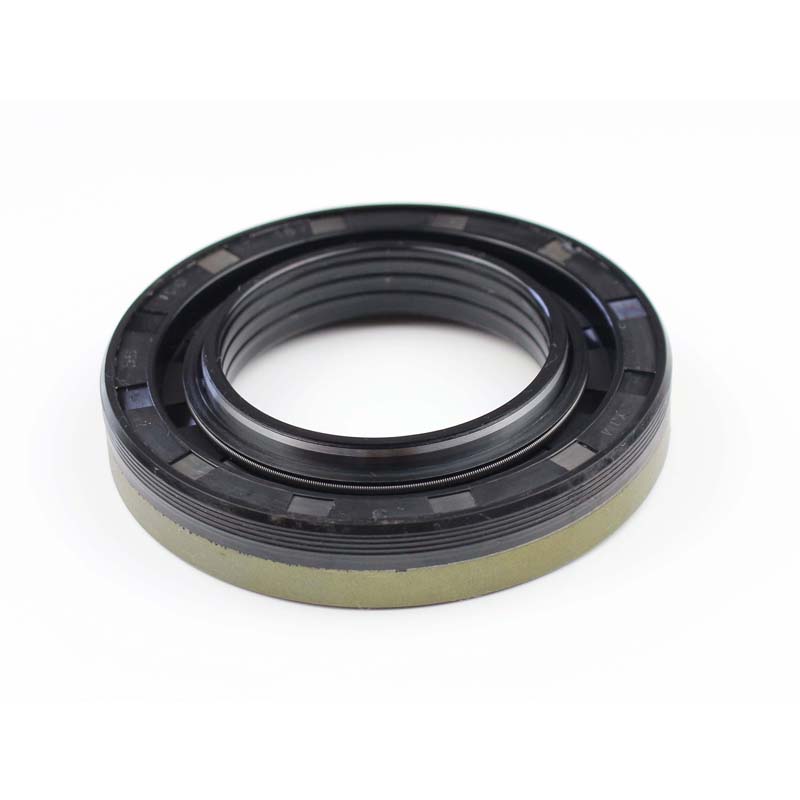Choosing the Right Washer for Your Sump Nut to Ensure Proper Sealing and Performance
Understanding Sump Nut Washers An Essential Component in HVAC and Plumbing Systems
In the world of plumbing and HVAC (Heating, Ventilation, and Air Conditioning), the sump nut washer may not be the most glamorous component, but it plays a critical role in ensuring the efficiency and reliability of various systems. This small yet significant piece is often overlooked, yet its proper installation and maintenance can prevent serious issues, such as leaks and system failures.
What is a Sump Nut Washer?
A sump nut washer is a flat, circular piece made of materials like rubber, silicone, or metal, designed to create a sealed connection where nuts and bolts are used to fasten components together. Typically found in applications involving sump pumps, drainage systems, or in any scenario where water management is crucial, these washers help to distribute the load of the nut and provide a watertight seal.
The use of sump nut washers is particularly vital in environments where moisture is prevalent. For instance, sump pumps are commonly used in basements to prevent flooding. The washer ensures that the connections between the pump and its components do not allow water to seep through, which could lead to significant damage and costly repairs.
Importance of Material Choice
The materials used for sump nut washers can greatly influence their performance and longevity
. Rubber washers, for example, are widely used because they offer excellent flexibility and create a tight seal. However, they can degrade over time when exposed to harsh chemicals or extreme temperatures.Metal washers, on the other hand, are known for their durability and resistance to wear and tear. Stainless steel washers are particularly effective in corrosive environments, providing a long-lasting solution without the risk of rust. While metal washers lack the compressibility of rubber, using a rubberized coating can enhance their sealing capabilities.
sump nut washer

Installation Tips
Correct installation of a sump nut washer is crucial for its effectiveness. Before assembly, it is essential to ensure that both the washer and the surface it will seal against are clean. Any debris or contaminants can prevent a proper seal and lead to leaks.
When installing, the washer should be placed between the nut and the surface it is sealing. Tightening the nut should be done evenly to avoid placing undue stress on the washer, which can lead to deformation and failure. It is important to adhere to the manufacturer's specifications regarding torque requirements to ensure a proper seal without damaging the washer.
Common Issues and Maintenance
Over time, sump nut washers may degrade due to constant exposure to water, chemicals, or extreme temperatures. Regular inspections are essential to identify signs of wear, such as cracking or flattening. Replacing damaged washers promptly can help prevent leaks and other issues that may arise from compromised seals.
Additionally, in systems that use sump pumps, it is advisable to perform routine maintenance on the pump itself. This includes cleaning out debris that can accumulate in the sump pit and checking that all connections, including the sump nut washer, are intact and functioning well.
Conclusion
Although often underestimated, sump nut washers are vital components in plumbing and HVAC systems. Their ability to create reliable seals prevents costly leaks and damages, making them indispensable for effective water management. By understanding the importance of these washers, ensuring proper installation, and conducting regular maintenance, homeowners can safeguard their investment and extend the lifespan of their systems. In the end, it’s the small parts, like the humble sump nut washer, that often make the biggest difference.
-
Understanding Automotive Oil Seals: Essential Components for Engine and Shaft Protection
News Jul.30,2025
-
The Importance of Heavy Duty Seals in Industrial and Residential Applications
News Jul.30,2025
-
Exploring Industrial Oil Seals: From Felt Oil Seals to TTO and CFW Solutions
News Jul.30,2025
-
Essential Guide to Oil Seals: From Radial to Metal-Cased Seals for Industrial Reliability
News Jul.30,2025
-
Choosing the Right Oil Seals and Gaskets for Industrial and Automotive Applications
News Jul.30,2025
-
Cassette Seals: Durable Sealing Solutions for Harsh Environments
News Jul.30,2025
-
Understanding the Front Main Engine Seal: Purpose, Maintenance, and Installation
News Jul.29,2025
Products categories















